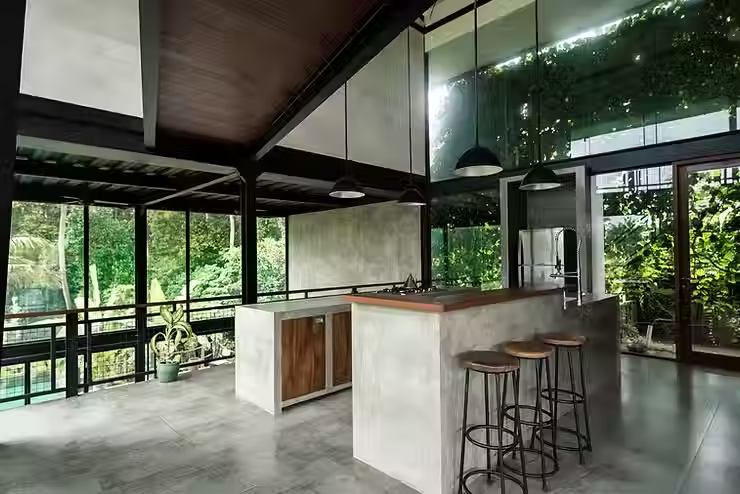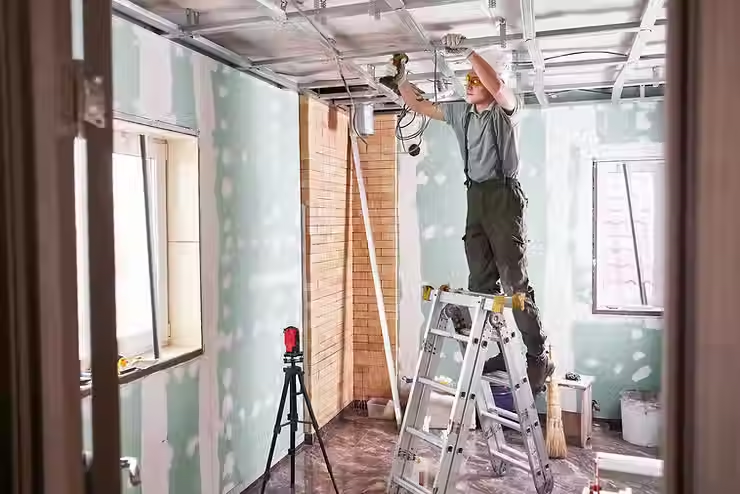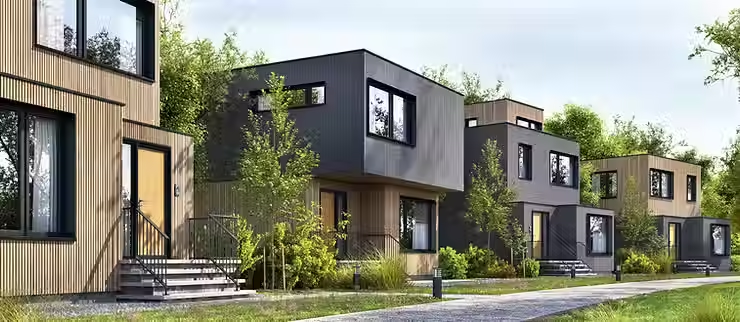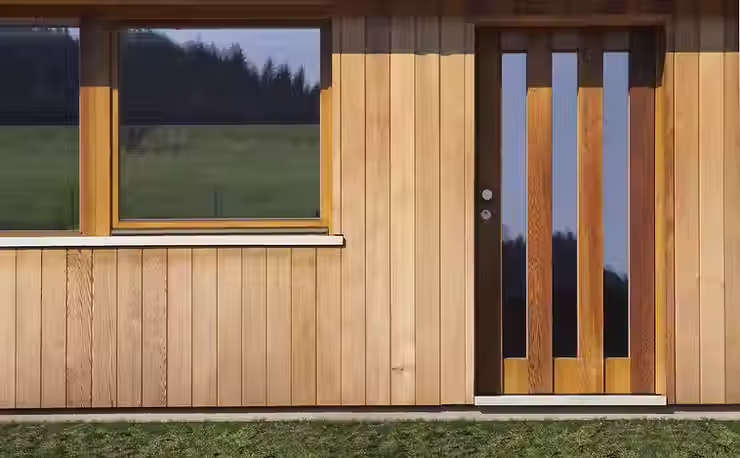Biophilic Design: Bringing Nature into Modern Spaces
- ealshafei
- Jun 18
- 2 min read

As urban landscapes continue to expand, people are increasingly seeking ways to reconnect with nature, both mentally and physically.
This growing need has given rise to biophilic design, a revolutionary architectural approach that seamlessly integrates natural elements into modern spaces. Whether in homes, offices, or public buildings, biophilic design enhances well-being, improves air quality, and creates a harmonious balance between the built environment and the natural world.
At the core of biophilic design is the idea that humans thrive when surrounded by nature.
Incorporating elements like natural light, living walls, water features, and organic materials can transform indoor spaces into relaxing, productive environments.
Research has shown that biophilic spaces can reduce stress, increase focus, and even improve mood, an essential consideration for workspaces and healthcare facilities.
One of the most effective ways to implement biophilic design is through large windows and skylights, which maximize exposure to natural daylight.
Sunlight not only reduces reliance on artificial lighting but also helps regulate circadian rhythms, leading to better sleep and overall health. Indoor plants and green walls add another dimension by improving air quality, absorbing toxins, and enhancing visual appeal.
Beyond aesthetics, they serve a functional purpose, contributing to temperature regulation and sound absorption.
Materials also play a crucial role in biophilic design.
Using wood, stone, bamboo, and other natural textures creates a sensory experience that feels grounded and authentic.
These elements bring warmth to spaces while reducing the sterile, impersonal feel often associated with modern architecture.
In addition, integrating water features such as indoor fountains or reflecting pools can create a calming auditory experience, helping to reduce stress and enhance relaxation.
Biophilic design is not just a passing trend, it is a fundamental shift in the way we think about architecture and interior spaces.
As cities become more congested and digital lifestyles become more consuming, the need for nature-infused environments will only grow.
By incorporating elements of the natural world into our daily lives, we create spaces that promote both mental and physical well-being, proving that architecture can be more than just functional,it can be truly restorative.





Komentar